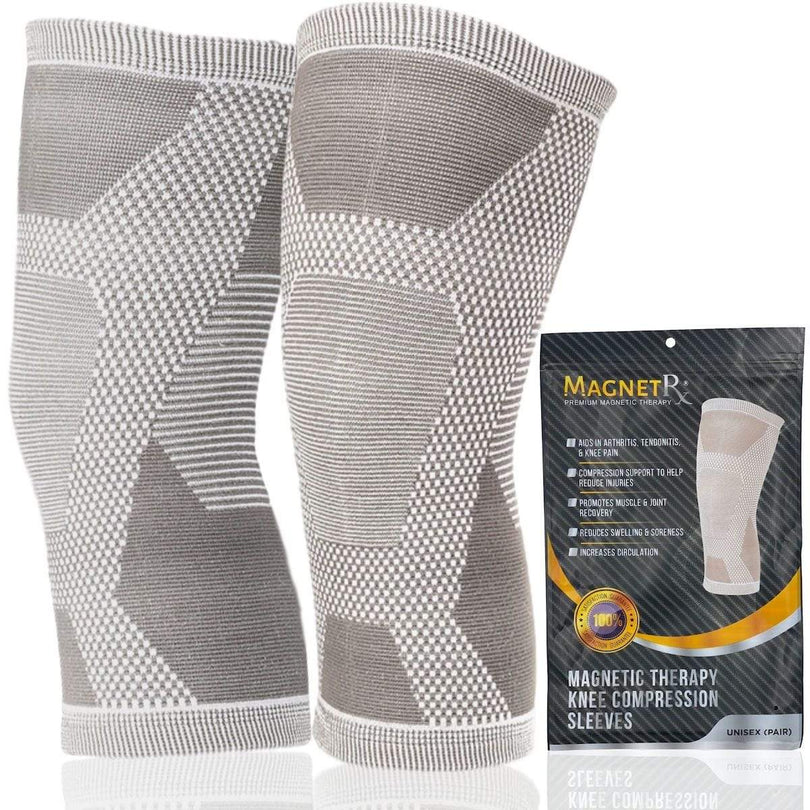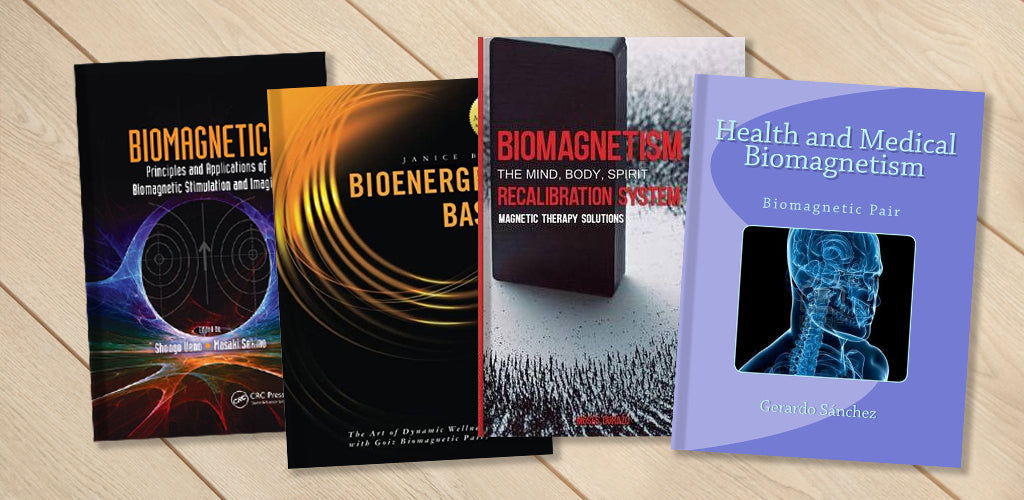What is the difference between Magnetic Therapy and Bio-Magnetic Therapy?
Magnetic therapy and biomagnetic therapy are commonly confused terms that both use magnetic fields for therapeutic purposes. Both these independent techniques use similar static magnetic fields, which are generated by magnets that produce a constant, unchanging magnetic field. However, the treatment approaches differ and the similarity ends there.
Magnetic Therapy
Ordinary magnetic therapy uses magnets with one polarity intended to treat only one dysfunction. The North Pole is considered to have a calming effect on the body and is often used to treat inflammation and pain. The South Pole, on the other hand, is thought to have a stimulating effect and is commonly used to promote healing. The magnetic fields used for this purpose are normally much smaller in size and range between 500 to 3,500 gauss. The magnets are applied for extended periods, hours or days, directly onto targeted areas of the body that show specific symptoms. Users can benefit from this therapy by applying spot magnets or wearing magnetic therapy jewelry, such as bracelets, rings, and necklaces near the targeted area.
Even Traditional Chinese Medicine (TCM) recognizes the healing benefits of both magnetic poles and each pole corresponds with the energies of Yin and Yang. The north pole (negative polarity) corresponds to the TCM definition of Yin, which is cooling, sedating, dispersing, clearing, eliminating, and detoxifying. The south pole (positive polarity) corresponds to the Yang and is known for heating, stimulating, accumulating, building, and strengthening.
Biomagnetic Therapy

Biomagnetic therapy, also known as biomagnetism, on the other hand, refers to the use of magnetic fields in a more targeted manner, specifically with multiple magnets and combining both magnetic polarities - positive polarity magnet and negative polarity magnet - to address imbalances in the magnetic fields of the body's cells and tissues.
In the 1970s, a Mexican physician named Dr. Isaac Goiz Durán developed this system of biomagnetism therapy. Dr. Goiz Duran has identified, by pathogenetic codes, more than 300 biomagnetic pairs that are believed to correspond to the majority of diseases and dysfunctions. According to the principles of biomagnetism therapy, the body's cells and tissues contain magnetic fields that can be disrupted or imbalanced by various factors, such as illness, injury, and stress. By applying external magnetic fields to the body, practitioners of biomagnetism therapy aim to restore the natural balance of these magnetic fields and promote healing.
The biomagnetism practice is often used in conjunction with the principles of traditional Chinese medicine and involves the use of pairs of magnets placed on specific points on the body to address a variety of health conditions.
Conclusion
Overall, the main difference between magnetic therapy and biomagnetic therapy is how the magnetic fields are used. Magnetic therapy generally involves the use of a single-pole magnetic field, while biomagnetic therapy involves the use of negative and positive magnetic fields in specific areas of the body believed to be connected. Both approaches have been used to treat a wide range of conditions, but the evidence supporting their effectiveness is still limited and more research is needed to fully understand their potential benefits and risks.
There are several different types of magnetic field therapy, including static magnetic field therapy, pulsed magnetic field therapy, and electromagnetic field therapy. Static magnetic field therapy involves the use of magnets that generate a constant, unchanging magnetic field, while pulsed magnetic field therapy involves the use of magnets that generate a rapidly changing magnetic field. Electromagnetic field therapy involves the use of electrical current to generate a magnetic field.









































































